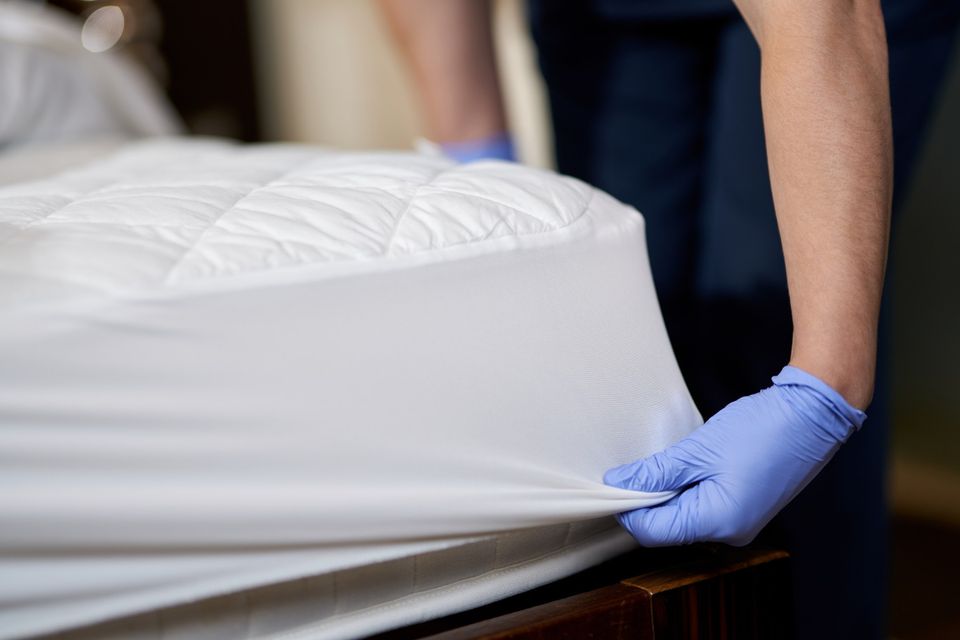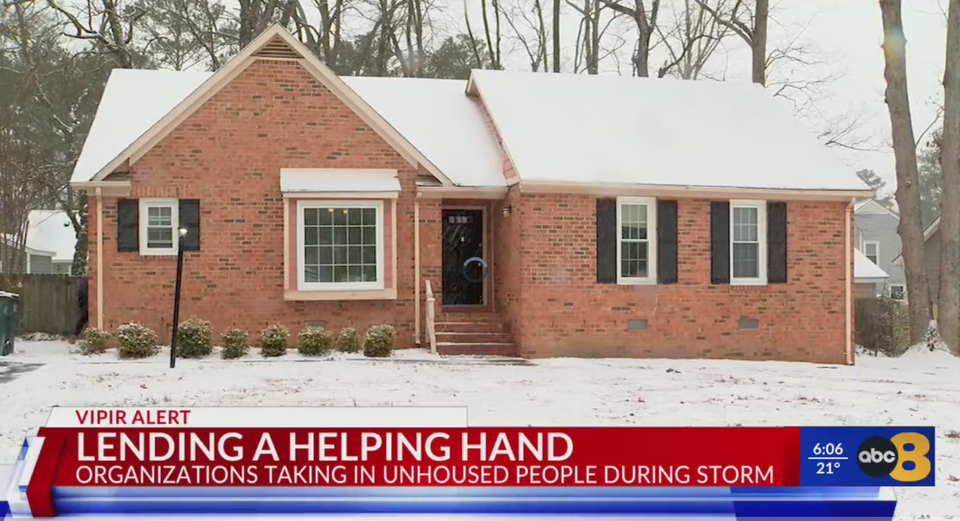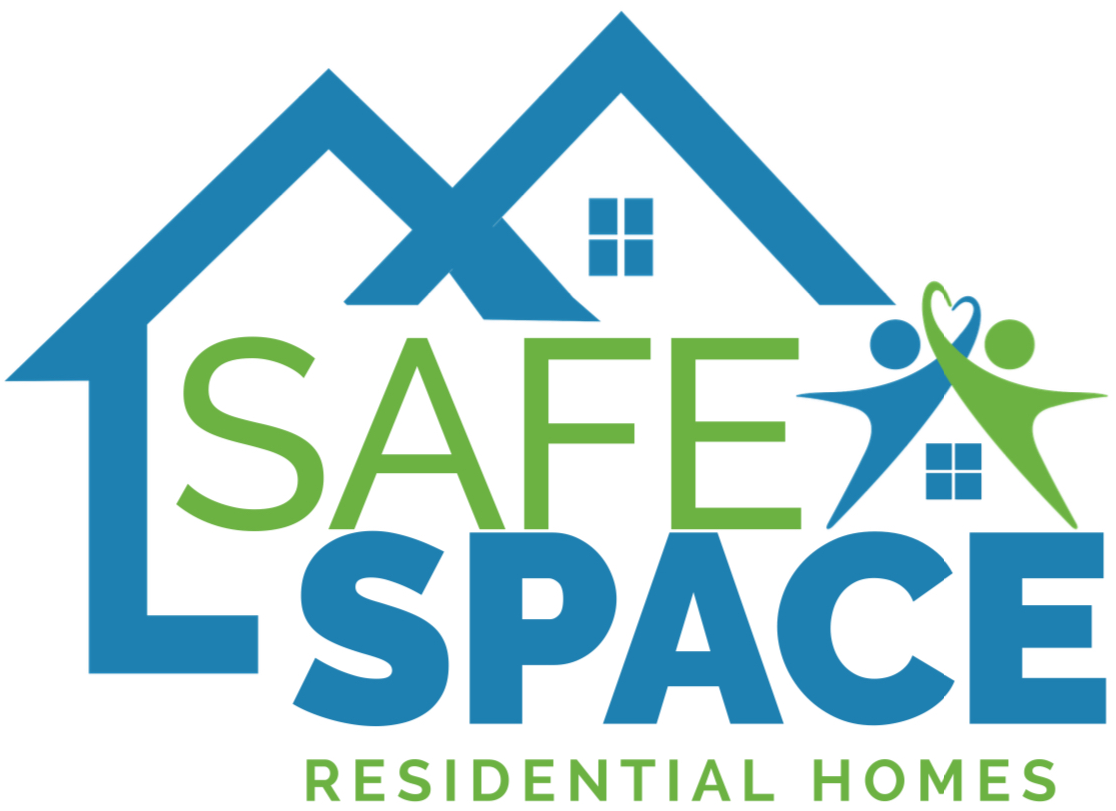


Richmond's Premier Safe Space Residential
Safe Space Residential Living
At Safe Space Residential, we are committed to providing exceptional care and support for seniors in Richmond and the surrounding areas. Our mission is to ensure that every resident feels comfortable, safe, and happy in our community. We understand that making the decision to move into an Safe Space Residential facility can be challenging, which is why we strive to create a welcoming environment where residents can thrive and enjoy their golden years.
Our experienced team of caregivers and staff members is dedicated to meeting the unique needs and preferences of each resident. From medication management to assistance with daily activities, we provide personalized care that allows our residents to maintain their independence while receiving the support they need. At Safe Space Residential, we believe that every senior deserves to live with dignity and respect, and we are committed to upholding these values in everything we do.
Our experienced team of caregivers and staff members is dedicated to meeting the unique needs and preferences of each resident. From medication management to assistance with daily activities, we provide personalized care that allows our residents to maintain their independence while receiving the support they need. At Safe Space Residential, we believe that every senior deserves to live with dignity and respect, and we are committed to upholding these values in everything we do.

Our Staff
Meet Our Caring Team

Tracey Jones
Director

Linda F.
Resident Services

Gina K.
Physician


Henrico-based organization offers shelter to those in need...
HENRICO COUNTY, Va. (WRIC) — As snow continues to fall across Central Virginia, several local organizations, like Safe Space Residential, are providing shelter to individuals in need.
Safe Space Residential, founded by former Richmond Public Schools teacher Roger Graves, provides 24/7 crisis care and a place to stay for up to seven people at a time.
According to officials, the organization offers guidance in emotional regulation, coping strategies and independent living skills. Through psychoeducation groups, therapeutic activities and crisis intervention, it helps individuals develop the tools they need to move forward with confidence.
While Safe Space Residential is based in Henrico County, it offers services across Central Virginia. Organizers travel to areas like Richmond, Chesterfield County, the Tri-Cities and Charlottesville to help people seeking refuge.
Safe Space Residential, founded by former Richmond Public Schools teacher Roger Graves, provides 24/7 crisis care and a place to stay for up to seven people at a time.
According to officials, the organization offers guidance in emotional regulation, coping strategies and independent living skills. Through psychoeducation groups, therapeutic activities and crisis intervention, it helps individuals develop the tools they need to move forward with confidence.
While Safe Space Residential is based in Henrico County, it offers services across Central Virginia. Organizers travel to areas like Richmond, Chesterfield County, the Tri-Cities and Charlottesville to help people seeking refuge.
Questions & Answers
Frequently Asked Questions
1. Who is eligible to stay at Safe Space Residential?
Safe Space Residential serves adults experiencing a mental health crisis who require short-term stabilization in a structured and supportive environment. Eligibility is determined based on an assessment of individual needs, and we accept referrals from hospitals, mental health professionals, and community organizations.
2. How long can I stay at Safe Space Residential?
The typical length of stay ranges from 5 to 10 days, depending on the client’s needs and the coverage provided by their insurance. Our team works closely with each individual to ensure they receive the appropriate level of support during their time with us.
3. Can I leave Safe Space Residential during my stay?
Clients remain on-site for the duration of their stay to ensure continuous care and stabilization. The only exceptions are for care coordination purposes, such as approved medical appointments or necessary external services arranged through our team.
4. What kind of support do you provide?
We offer 24/7 professional supervision, crisis intervention, psychoeducation groups, medication management, daily living skills support, and care coordination to help individuals develop coping strategies and prepare for life beyond their stay.
5. Can I bring my personal belongings?
Yes, clients may bring essential personal items such as clothing, toiletries, and comfort items. However, for safety reasons, certain items—such as sharp objects or unapproved medications—may not be permitted. Our team will review any restricted items upon admission.
6. Do you provide medication management?
Yes, our trained staff assist with medication administration and adherence, ensuring that clients follow their prescribed treatment plans in a safe and supportive environment.
7. What happens after my stay at Safe Space Residential?
Before discharge, we work with each client to develop a personalized transition plan, which may include referrals to outpatient therapy, community resources, housing support, or continued care services to promote long-term stability and well-being.

Crisis Stabilization Residential Services include but not limited to:
- Assistance establishing services.
- Assistance meeting basic human needs.
- Medication administration, support, and monitoring.
- Crisis Intervention Services.
- Social rehabilitation.
- Personal and peer support.
- Social skills development, leisure time, and vocational rehabilitation.
- Family and community support, assistance, and education.
- Protection and advocacy.
- Service coordination and transportation.
- Peer Support.
